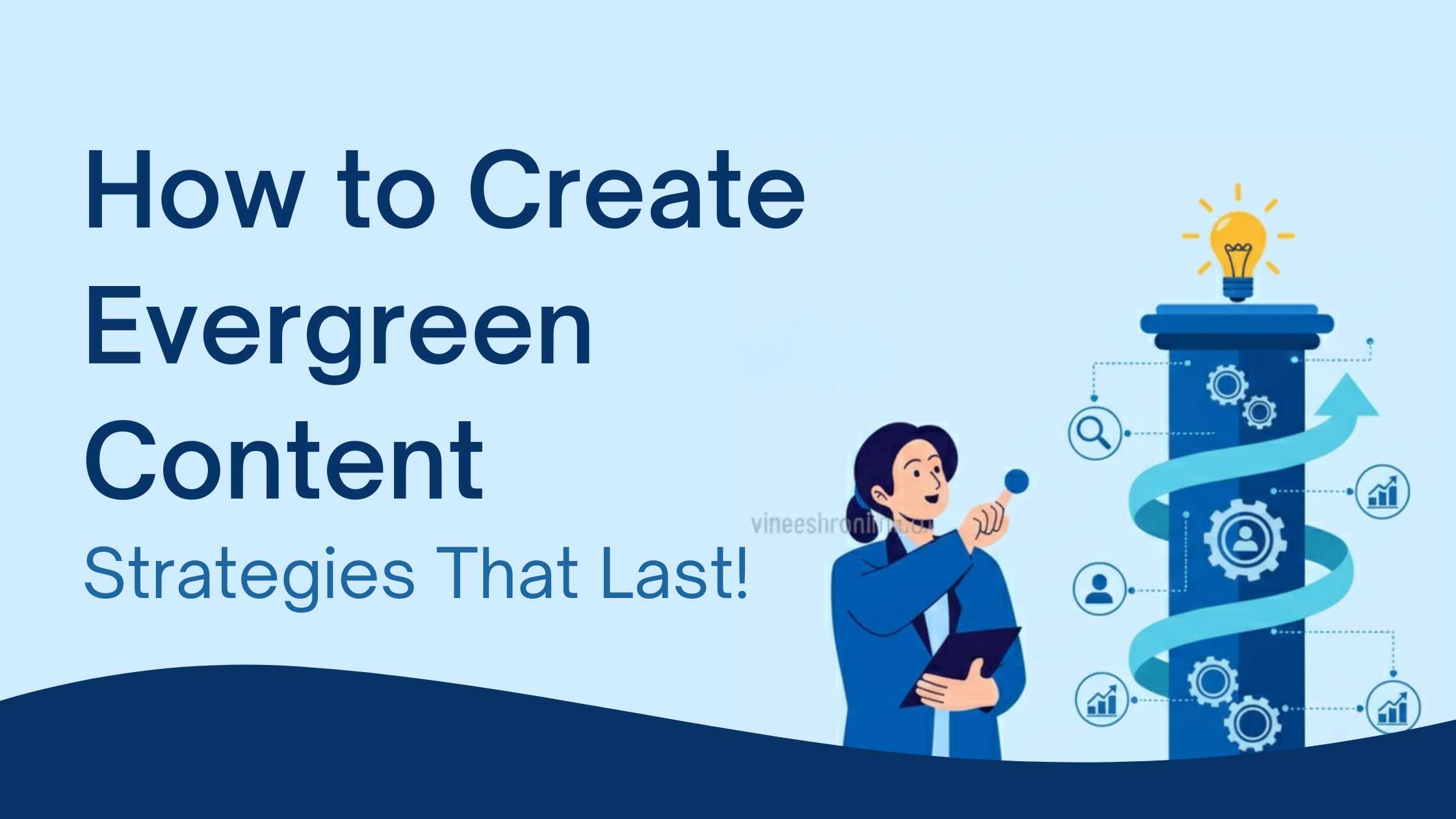Retargeting Ads – How They Work : Comprehensive Guide 2025
Retargeting Ads : In the fast-moving world of digital advertising, the competition for consumer attention has never been fiercer. Brands are not only investing more into online marketing but are also seeking smarter ways to reach potential buyers who are already familiar with their products or services. Enter retargeting ads, one of the most powerful techniques in the digital marketer’s arsenal.
Table of Contents
In this Comprehensive Guide 2025, we’ll explore how retargeting ads work, why they are effective, and how businesses of all sizes can use them strategically to improve conversions, reduce customer acquisition costs, and increase ROI.
What Are Retargeting Ads?

Retargeting ads, also known as remarketing ads, are a form of online advertising that targets users who have previously interacted with your website, app, or content but did not complete a desired action—such as making a purchase, signing up for a newsletter, or downloading a resource.
Also Read : Retargeting Strategies for Abandoned Carts
These ads are shown to these “warm” leads as they browse other websites, social media platforms, or apps, reminding them of your brand and nudging them back into the sales funnel.
Why Retargeting Works So Well
Retargeting is successful because it capitalizes on user intent. If someone visits your product page or abandons their shopping cart, they’ve already shown interest. Retargeting lets you continue the conversation with them, offering reminders, discounts, or incentives to return and convert.
Key reasons for its effectiveness:
- Brand recall: Users see your brand multiple times, reinforcing awareness.
- Higher engagement: Retargeted ads receive higher click-through rates than standard display ads.
- Personalization: Ads can be tailored based on user behavior.
- Cost-efficiency: Focuses ad spend on already-interested users, improving ROI.
Types of Retargeting Ads
- Pixel-Based Retargeting
- Uses a small piece of code (a pixel) embedded in your website to anonymously track visitor activity. When users leave your site, the pixel notifies ad platforms to show your ads as they browse elsewhere.
- List-Based Retargeting
- Involves uploading a list of email addresses or phone numbers to platforms like FB or G. These platforms match the data with user accounts and show them your ads.
- Dynamic Retargeting
- Specifically popular in ecommerce, dynamic ads automatically show users the exact product or service they viewed, creating a personalized ad experience.
- Social Media Retargeting
- FB, Insta, LinkedIn, and TikTok offer advanced retargeting tools using both pixel data and engagement (likes, comments, video views).
- Search Retargeting
- Targets users based on their search behavior across the web, not necessarily your own site visits.
- App Retargeting
- Used to re-engage app users with push notifications or display ads after they’ve abandoned the app or haven’t used it for a while.
How Retargeting Ads Work (Step-by-Step)

- User visits your website
- Tracking pixel is triggered and drops a browser cookie
- User leaves the website without converting
- Cookie data is sent to ad platforms like G Ads or Meta Ads
- User visits another website or social media
- They see your ad based on the behavior tracked
- They click the ad and return to your site
- They convert (buy, sign up, or take desired action)
Top Platforms for Retargeting Ads in 2025
- G Ads: Offers both standard and dynamic remarketing through Display Network and YouTube.
- Meta Ads (FB/Insta): Uses Meta Pixel to retarget visitors with image, carousel, video, or collection ads.
- LinkedIn Ads: Allows retargeting based on profile visits, lead gen form opens, or video views.
- TikTok Ads: Retarget users who engaged with your videos, profile, or clicked links.
- Pinterest Ads: Perfect for visual brands; retarget users based on pin engagement.
Setting Up a Retargeting Campaign
- Install Tracking Code (Pixel)
- Add the relevant tracking pixel (e.g., FB Pixel, G Tag) to all pages of your website.
- Define Audiences
- Segment your users: cart abandoners, blog readers, product viewers, etc.
- Design Ad Creatives
- Use clear calls-to-action, urgency, testimonials, or discounts.
- Choose Platforms and Budget
- Allocate more budget to high-intent audiences like cart abandoners.
- Launch Campaign and Monitor
- Run A/B tests, monitor click-through rate (CTR), conversion rate, and cost per acquisition (CPA).
Best Practices for Retargeting Ads
- Frequency Cap: Avoid ad fatigue by limiting how often users see your ad.
- Segmentation: Create tailored ads for different user actions.
- Use Dynamic Ads: Personalized ads perform better than static ones.
- Retarget Across Channels: Reinforce message across display, social, and video.
- Set Time Windows: Retarget users within a relevant timeframe (e.g., 7–30 days).
- Exclude Converted Users: Avoid wasting budget on users who already converted.
- Rotate Creatives: Keep ads fresh to prevent banner blindness.
Challenges and How to Overcome Them
- Ad Fatigue: Use frequency caps and rotate creatives regularly.
- Privacy Regulations: Ensure GDPR and CCPA compliance with consent banners.
- Tracking Restrictions: iOS and browser privacy changes may reduce tracking accuracy—use server-side tracking and first-party data.
- Budget Constraints: Focus on high-value segments like cart abandoners or demo requesters.
Measuring Success of Retargeting Ads
Key metrics to track:
- Click-Through Rate (CTR)
- Conversion Rate
- Cost Per Click (CPC)
- Cost Per Acquisition (CPA)
- Return on Ad Spend (ROAS)
- View-Through Conversions
Real-World Examples
- Amazon: Uses dynamic retargeting to show users products they viewed, often with time-limited discounts.
- Netflix: Retargets users with show recommendations and signup nudges.
- Airbnb: Shows users listings they browsed and offers alternatives in similar locations.
- Shopify Stores: Use FB and Insta dynamic product ads for abandoned cart recovery.
Future of Retargeting in 2025 and Beyond
- AI-Powered Predictive Retargeting: AI will better predict user behavior and optimize ad timing.
- Cookieless Retargeting: With third-party cookies phasing out, expect growth in server-side tracking and contextual retargeting.
- Greater Personalization: Ads will include more interactive and immersive experiences.
- Integration with CRM and CDPs: Retargeting will be deeply tied to customer data platforms for full-funnel alignment.
Retargeting Ads – Conclusion

Retargeting ads continue to be one of the most effective ways to re-engage potential customers and recover lost sales. As advertising platforms evolve and privacy changes reshape the digital landscape, marketers must stay agile and strategic.
Buy Now : Social Media Influencer Success Mastery
By understanding how retargeting works, choosing the right platforms, segmenting audiences effectively, and monitoring results, businesses can maximize the value of every website visitor.
Disclaimer: This guide reflects current best practices as of 2025. Retargeting ad performance may vary based on industry, audience, and market conditions. Always test and adapt strategies to meet your specific goals.
Keywords : Retargeting Ads – Retargeting Ads 2025 – Retargeting Ads Guide



